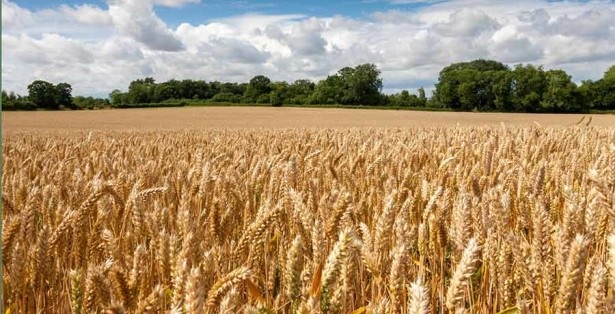NDVI Mapping with Drones
Producing Healthier Crops for Better Results
Producing Healthier Crops for Better Results
It’s no secret that higher yields come by producing healthier crops and give better returns. In modern day farming, every operation has to be built on efficiencies to reduce costs and increase output. Finely tuned systems to make the most of every opportunity with precision.
Modern day farming operations consist of many things including:
- minimum or zero tillage
- effective weed control
- stubble retention where practical
- good variety selection
- crop rotation
- financial strategy
- soil fertility/nutrition
All of these factors interlock in some way to provide an efficient system to minimise risk and maximise opportunities in an environment where weather and commodity prices are variable. While these and other factors not on the list above play a part, lets focus on nutrition.
The primary nutrients Nitrogen, Phosphorus and Potassium are the main players and get all the attention. Just as important for these to work their best are trace elements. Lets have a quick look at how each one function and see how we can be producing healthier crops.
Nitrogen
Nitrogen is a primary constituent of protein, so an adequate soil nitrogen supply is an essential ingredient for producing wheat with a high protein content. Grain protein is modified by the grain yield of the crop – increasing grain yield has a diluting effect on grain protein.
The availability of nitrogen to cereals is critical for setting yield potential, in the first six weeks of growth. Therefore it is important that the correct amount of nitrogen for the expected yield result is available to the plants within this time period. An inadequate nitrogen supply can result in the loss of tillers. As a rule, each tiller aborted reduces yield by approximately 200kg/ha.
Phosphorus
Phosphorus forms part of the proteins in plant cells. It is important in growing tissue especially at times where cells are actively dividing like root development, flowering and seed formation.
The easiest way to prevent P deficiency from limiting crop or pasture growth is to apply adequate rates of P containing fertilizer, either at seeding with crops or prior to germination with pastures. To establish what is an adequate rate it is suggested that soil analysis be used, in conjunction with tissue testing.
Potassium
Potassium is one of the major nutrients required by the plant in large amounts, (about 1.5 to 2.0% of plant weight).
Crops generally take up as much potassium as they do nitrogen although this may not be reflected in crop removal. In particular irrigated cotton, grain legumes and hay crops can affect the levels of K reserve in heavier soil types.
Sulphur
Sulphur is an essential plant nutrient required for the production of amino acids which in turn make up proteins. In cereals lower sulphur levels lead to lower protein. Lack of sulphur also affects the oil content in canola.
Yield losses also occur in low sulphur situations, especially with canola. Ideally, plants will take up sulphur at the same levels as phosphorus.
Zinc
Zinc is involved in the synthesis of plant growth substances, enzyme systems and is essential for promoting certain metabolic reactions. It is necessary for the production of chlorophyll and carbohydrates. Zinc is required in very small amounts in the plant, but it is used 5 – 10 times more than copper.
Copper
Copper is necessary for chlorophyll formation in plants and assists with several other plant reactions. Plants supplied with good levels of copper have stronger cell walls and are more resistant to fungal attack.
Manganese
Manganese functions primarily as a part of enzyme systems in plants. It activates several important metabolic reactions and plays a direct role in photosynthesis by aiding chlorophyll synthesis. Manganese promotes germination and accelerates maturity of the plant, while increasing the availability of phosphorous and calcium.

There are other nutrients that also play a part but what we can establish is this; when nutrients are a correct levels the crop is healthier and has more yield potential. Decipher is a new software program that helps to monitor your crop nutrient levels.
In the 1990s plant tissue testing was popular and as we look back now it was pretty random. How did we know whether we were taking samples from the best or worst part of the paddock yet the whole paddock was treated the same.
Now it’s 2017 and we can combine the practise of plant tissue testing and drone use for NDVI mapping. When we create NDVI maps with a drone, we can tissue test plants in the stressed areas and treat them accordingly. We can also test healthy areas and compare the results with the stressed/unhealthy areas. Timing is very important in this strategy and this will be covered in a later blog. Click here for more information about drone use and NDVI mapping.
By producing healthier crops, will we see less disease and insect damage? Only time will tell but I do expect that a good nutrient strategy that improves plant health will give benefits not yet seen.
More about nutrient removal here.


